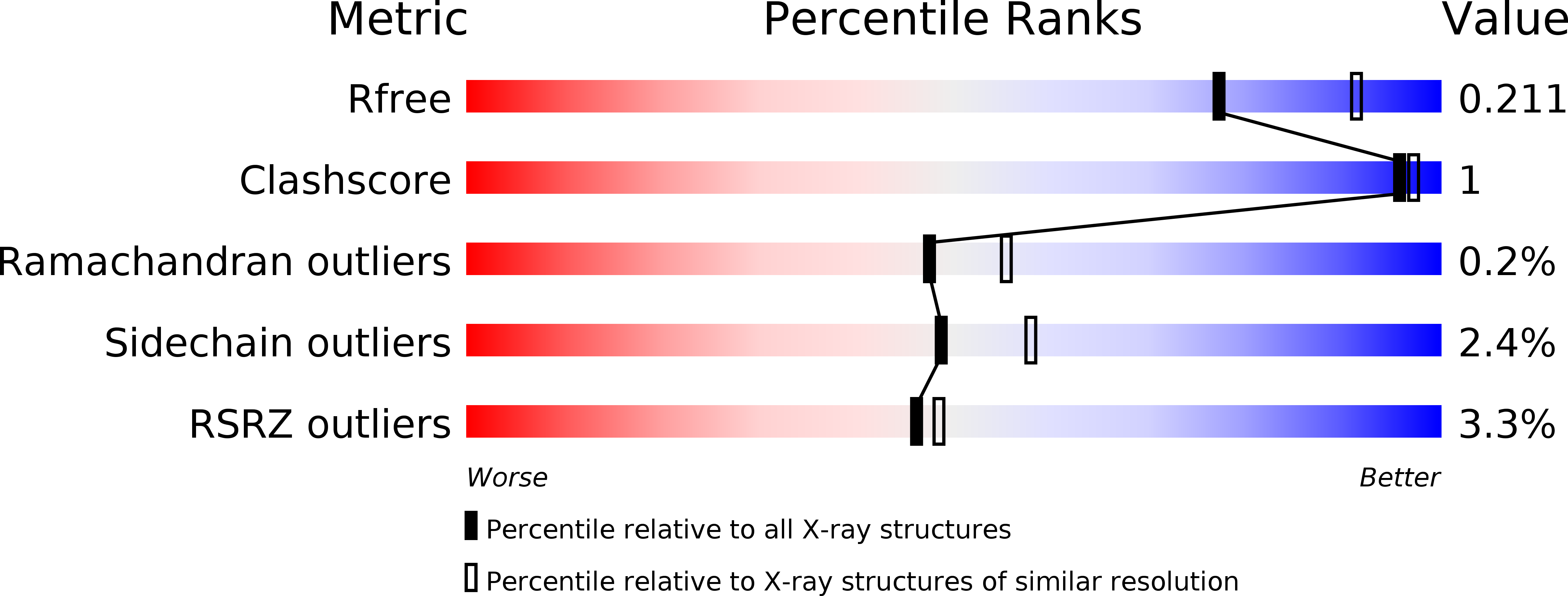
Deposition Date
2017-11-09
Release Date
2018-02-28
Last Version Date
2024-11-06
Entry Detail
PDB ID:
6BKQ
Keywords:
Title:
Crystal structure of the A/Hong Kong/1/1968 (H3N2) influenza virus hemagglutinin E190D mutant in complex with 6'-SLN
Biological Source:
Source Organism:
Host Organism:
Method Details:
Experimental Method:
Resolution:
2.25 Å
R-Value Free:
0.20
R-Value Work:
0.17
R-Value Observed:
0.17
Space Group:
C 1 2 1


